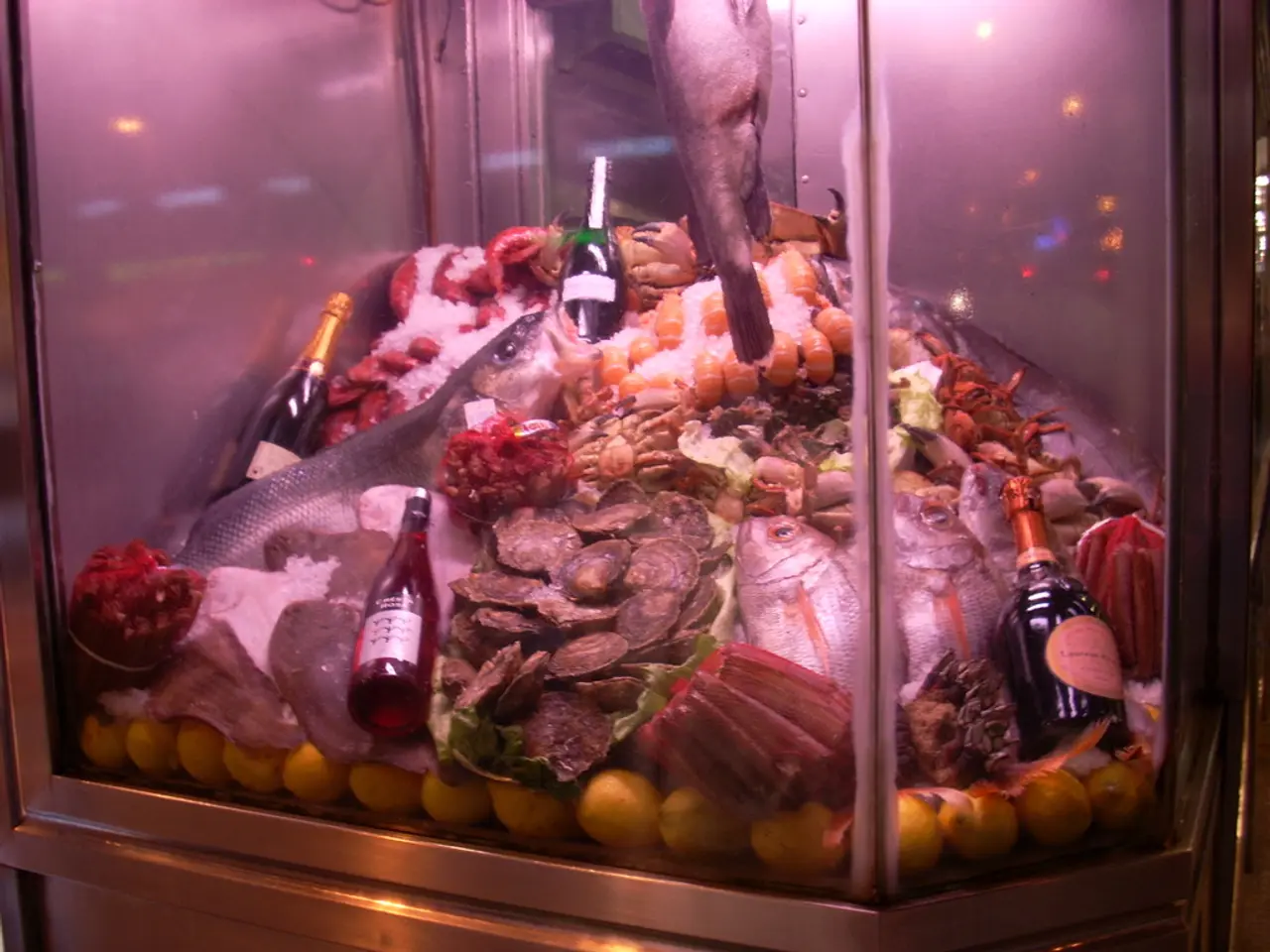Increased tension in the Russia-Ukraine conflict adversely affects the thriving aquaculture sector
In Ghana, the agriculture sector is facing a double whammy as soaring global commodity prices and supply chain disruptions are causing a 19-23% increase in the price of tilapia and catfish, and threatening the upcoming cocoa production season.
The Aquaculture Chamber has warned of the impending price hike, attributing it mainly to rising costs in fish feed, which account for about 70-80% of the total expenses in catfish farming. The high prices of global commodities like soya, maize, and wheat, key ingredients in fish feed formulations, are driving up the cost of producing fish feed.
The connection to global soya, maize, and wheat prices lies in the composition of fish feed — these grains and legumes serve as primary protein and energy sources for farmed fish. When the prices of these commodities rise internationally, the cost of producing fish feed also increases.
Broader global and local factors exacerbate this situation. Supply chain constraints and higher energy costs affect feed production and distribution worldwide, adding to price pressures in aquaculture inputs. Despite a projected easing in overall food inflation and favourable foreign currency dynamics in Ghana, fish and seafood prices are still rising, offsetting gains seen in other food categories like vegetables and tubers.
Local efforts to modernise fisheries and aquaculture, including investments to improve production efficiency, suggest recognition of these cost pressures but will take time to alleviate price increases.
The cocoa industry is also feeling the pinch. The COCOBOD CEO, Joseph Boahen Aidoo, has warned that cocoa production could suffer a setback in the 2022/2023 crop season due to a shortage in fertiliser supply caused by the Russia-Ukraine war. Russia and Ukraine are the primary suppliers of fertiliser to the Ghanaian market, and the ongoing war has halted supply. Ghana and many West African countries have relied on affordable fertiliser produced in Eastern Europe.
Mr. Aidoo has urged cocoa farmers to switch from imported fertiliser to poultry manure due to the unavailability of subsidies from the government. However, the price of fertiliser on the global market has reached alarming levels and is no longer affordable for subsidies.
The shortage in fertiliser supply could affect cocoa production in the upcoming season. Mr. Aidoo has revised the projected cocoa production figure for the 2021/2022 crop season from over a million tonnes to 850,000 tonnes.
The Russian-Ukraine war has also led to a 50% increment in prices of wheat, soya, and maize, critical raw materials for feed producers. Delayed shipments of cocoa beans at the port from leaving Ghana are affecting the cocoa industry due to the war in Ukraine.
The Aquaculture Chamber is calling on the government to increase investment in aquaculture infrastructure, breeding programs, and provide incentives for feed-producers to reduce the cost of feed. They believe that the aquaculture industry could provide more employment opportunities to the youth and increase its contribution to the GDP.
As the global commodity markets continue to fluctuate, it remains to be seen how Ghana's agriculture sector will navigate these challenges and adapt to ensure food security and sustainable growth.
- The Aquaculture Chamber is urging the government to invest in infrastructure, breeding programs, and provide incentives for feed-producers to decrease the cost of feed, believing it could provide more employment opportunities for the youth and increase the industry's contribution to the GDP.
- The connection between global soya, maize, and wheat prices and fish feed production costs is apparent, as these grains and legumes serve as primary protein and energy sources for farmed fish.
- As global commodity prices soar and supply chain disruptions intensify, the emerging increase in the price of tilapia and catfish in Ghana is causing concerns for the upcoming cocoa production season.
- Despite projected easing in overall food inflation and favourable foreign currency dynamics in Ghana, food prices continue to rise, with fish and seafood prices still on the upward trajectory, offsetting gains seen in other food categories like vegetables and tubers.
- When global commodity prices like soya, maize, and wheat increase, it drives up the cost of producing fish feed, which accounts for about 70-80% of the total expenses in catfish farming.
- In the cocoa industry, the shortage in fertiliser supply caused by the Russia-Ukraine war, with both countries being primary suppliers to the Ghanaian market, has led to a potential setback in the 2022/2023 crop season.
- The high price of global commodities like wheat, soya, and maize has risen dramatically due to the Russian-Ukraine war, affecting the cocoa industry as these materials are critical raw materials for feed producers.
- The Cocoa Industry is experiencing challenges, with the CEO of COCOBOD, Joseph Boahen Aidoo, warning that cocoa production could suffer a setback in the 2022/2023 crop season due to a shortage in fertiliser supply caused by the Russia-Ukraine war.
- The ongoing double whammy facing the agriculture sector in Ghana, with rising global commodity prices and supply chain disruptions, calls for a comprehensive approach to addressing these issues, including reforms in energy, personal finance, business, and the investment climate to promote sustainable growth and development in Ghana's food-and-drink industry and lifestyle.




